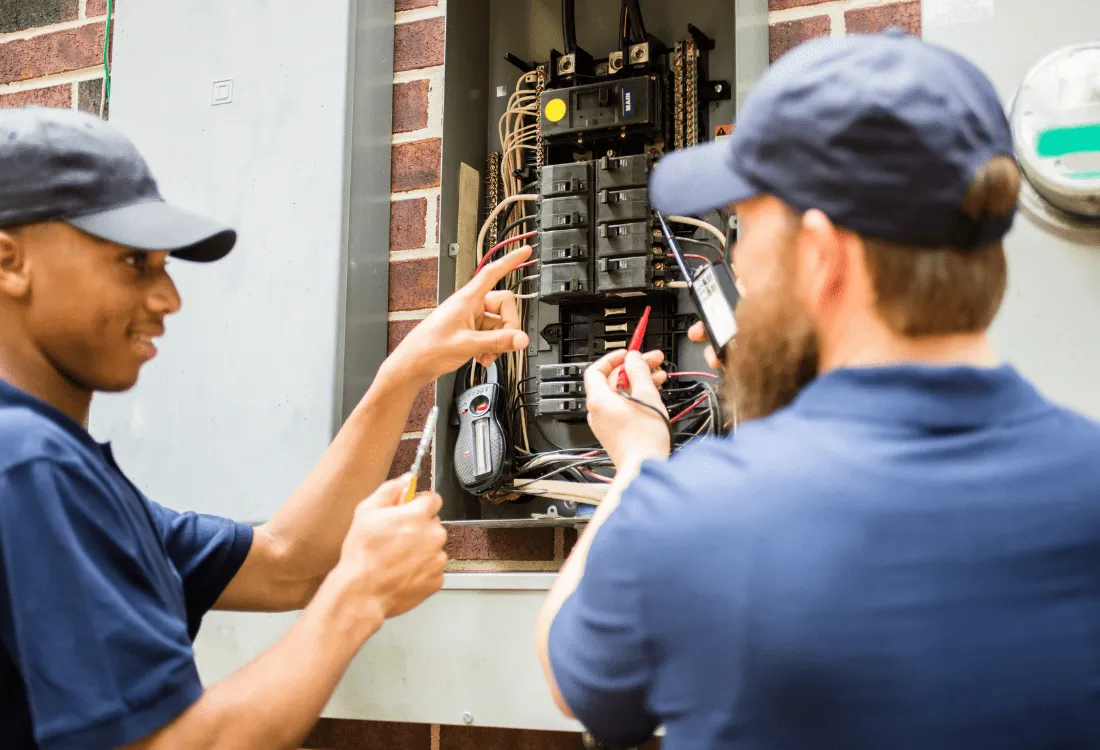Electrician Training in Wolverhampton: A Practical Route from First Fix to Fully Qualified
If you’re planning a career in the electrical trade—or ready to formalise experience you already have—the smartest place to start is a structured electrician course that blends solid theory with hands-on practice. Learners across the Black Country can also accelerate their progress with location-specific Electrician Courses Wolverhampton, designed around local employer demand, modern workshops, and flexible timetables.
Why structured training matters
Electrical work rewards precision and punishes guesswork. Quality training does more than show you how to wire a circuit; it explains why each method exists and how to apply it consistently. You’ll learn the principles behind cable sizing, protective device selection and coordination, earthing and bonding, discrimination, and voltage drop—then convert that knowledge into muscle memory through supervised practical work. The result: fewer on-site errors, faster diagnostics, and greater confidence from assessors and employers.
What a strong curriculum covers
Electrical principles and design. Expect clear coverage of Ohm’s Law, circuit topologies (radial, ring, and three-phase), fault currents, and protection schemes. Good programmes tie calculations to real decisions—why this breaker, that cable, and that installation route.
Installation skills. You’ll practise accurate set-out; containment (conduit, trunking, tray); terminations and glanding; consumer-unit assembly; and the sequencing of first- and second-fix tasks so projects finish on programme. Small details—tidy boards, labelled conductors, well-planned routes—signal professionalism.
Inspection and testing. Training should demystify continuity, insulation resistance, polarity, RCD tests, earth-fault loop impedance, and prospective fault current—plus how to complete certificates that withstand audit. Crucially, you’ll learn to interpret results, not just record them, so you can diagnose faults logically and document remedials clearly.
Health and safety. Safe isolation (prove-dead), risk assessments and method statements, manual handling, working at height, and appropriate PPE must be embedded as everyday habits rather than tick-box exercises. Strong courses also coach situational awareness and dynamic risk assessment on live sites.
Professional practice. Reading drawings, coordinating with other trades, writing concise job notes, and communicating clearly with clients and supervisors all reduce rework and keep jobs moving.
Your main routes into the trade
Apprenticeship (earn while you learn). Typically three to four years, this route mixes paid site experience with day-release or block-release study. You’ll build a portfolio across domestic, commercial, and light-industrial projects and prepare for a practical end-point assessment. It’s ideal for school leavers and early-career entrants who want structured mentoring and steady exposure.
Intensive classroom-plus-workshop programmes. Perfect for career changers or those with a Level 2 footing, these courses compress theory and bay time into focused blocks. Expect timed practicals, mock inspections, and candid feedback that mirrors assessment conditions—great for building confidence quickly without compromising safety or documentation.
Blended learning. If you need flexibility, blended models pair online theory (videos, interactive modules, self-tests) with scheduled in-centre practical days. You keep momentum between workshops while arriving better prepared for hands-on tasks.
Whichever route you choose, the goal is the same: demonstrable competence to install, test, and maintain electrical systems safely and consistently.
The Wolverhampton advantage
Training near where you’ll work brings practical benefits. Wolverhampton’s mix of new-build housing, commercial fit-outs, logistics hubs, and light manufacturing exposes learners to varied installation types and realistic project timelines. Strong local programmes typically offer:
- Purpose-built workshops that replicate site constraints—tight voids, awkward bends, mixed containment—and use calibrated instruments you’ll meet on real jobs.
- Regional employer links for site visits, placements, and supervised tasks that contribute directly to your portfolio of evidence.
- Flexible timetables—evenings, weekends, and block-release—so you can keep earning while you upskill.
- Exam readiness through timed practicals and targeted feedback on workmanship, sequencing, and documentation.
Building the portfolio that gets you hired
Think of your portfolio as your calling card. Aim for variety (lighting, power, special locations, containment, three-phase), neatness (tidy dressing, labelled conductors, clean bends), and traceability (test results that add up, photos with context, drawings where relevant). Include brief reflections on what went well and what you’d improve next time—assessors and hiring managers value evidence of thinking as much as doing.
Practical tips
- Photograph stages of work (set-out, first fix, second fix, final test) to show method and progression.
- Keep certificates legible and consistent; ensure values reconcile logically.
- Collect short supervisor testimonials confirming what you did and to what standard.
- File everything with dates and job references so assessors can verify quickly.
Specialisms that lift your earning potential
Once your foundations are set, targeted upskilling helps you stand out:
- Inspection & testing. Strong EICR capability and advanced fault-finding remain career-long differentiators.
- Renewables & storage. Solar PV and battery systems require robust fundamentals and an understanding of inverter behaviour and protection settings.
- EV-charging infrastructure. Domestic and commercial charger installs, load management, and coordination with building supplies and smart meters.
- Smart-home and IoT. Networked lighting and controls, low-voltage data cabling, reliable commissioning practices.
- Fire and emergency systems. Design, installation, and maintenance in compliance-critical environments.
Short CPD modules help you stay aligned with amendments to wiring regulations and evolving best practice, safeguarding your reputation and reducing callbacks.
Choosing the right provider
Before you enrol, look for:
- Experienced tutors with current site backgrounds who translate standards into practical, time-saving habits.
- Modern facilities that mirror real jobs, not just ideal bench-top setups.
- Clear portfolio guidance so your evidence maps cleanly to criteria and passes scrutiny.
- Mock assessments under exam conditions with honest, actionable feedback.
- Employer connections that turn training into interviews, placements, and job offers.
Professional habits that set you apart
Competence isn’t only technical. Keep boards tidy, protect finishes, communicate early about access and isolation windows, and leave sites cleaner than you found them. Record lessons learned. These habits build trust, reduce callbacks, and generate repeat work.



